

Articles
How To Store Suitcases
Modified: December 7, 2023
Learn the best way to store your suitcases with our informative articles. Find tips and tricks to keep your luggage organized and protected.
(Many of the links in this article redirect to a specific reviewed product. Your purchase of these products through affiliate links helps to generate commission for Storables.com, at no extra cost. Learn more)
Introduction
When it comes to travel, suitcases are an essential companion. They help us carry our belongings and make our journeys more convenient. However, what do you do with your suitcases when you’re not traveling? Storing suitcases properly is crucial to ensure their longevity and to free up valuable space in your home.
In this article, we will explore various aspects of suitcase storage, from assessing your storage needs to choosing the right storage space. We will also discuss packing and organizing techniques, as well as safety measures to protect your suitcases. Additionally, we will provide tips for maintaining the storage area and considerations for long-term storage. By following these guidelines, you can keep your suitcases in optimal condition and be ready to hit the road whenever wanderlust strikes.
So let’s dive in and learn how to store suitcases effectively!
Key Takeaways:
- Properly storing suitcases involves assessing storage needs, choosing a suitable space, and preparing, packing, and storing them safely. Maintenance and long-term storage tips ensure suitcases remain in optimal condition for future adventures.
- Utilize packing cubes, roll clothes, and pack heavier items at the bottom to maximize suitcase storage. Elevate suitcases off the floor, protect them from dust and sunlight, and maintain a stable storage environment for longevity.
Read more: How To Store Suitcases In Garage
Assessing Suitcase Storage Needs
Before diving into the actual storage process, it’s important to assess your suitcase storage needs. This involves considering factors such as the number of suitcases you have, their sizes, and how frequently you use them.
Begin by taking an inventory of your current suitcases. Identify their sizes, shapes, and any special features they may have, such as expandable compartments or detachable wheels. This will help you determine the amount of space you’ll need for storage.
Next, consider how often you use your suitcases. If you’re a frequent traveler, you’ll likely want easily accessible storage. On the other hand, if you only travel occasionally, you may need a more long-term storage solution.
Take into account the available space in your home. If you have a spare room or a large closet, you might have the luxury of dedicating a specific area for suitcase storage. However, if space is limited, you’ll need to get creative and find alternative storage options.
Consider any additional items that may need to be stored alongside your suitcases. For example, if you have travel accessories like packing cubes, toiletry bags, or travel adapters, make sure you allocate enough space to accommodate them as well.
By assessing your suitcase storage needs, you’ll have a better understanding of the space required and can plan accordingly. This will help you choose the most suitable storage solution for your specific situation.
Choosing a Suitable Storage Space
Once you’ve assessed your suitcase storage needs, it’s time to determine the most suitable storage space for them. Consider the following options:
- Closet: If you have a spacious closet with shelves or enough floor space, it can be an excellent choice for storing your suitcases. Ensure that the space is clean and dry to prevent any damage to your suitcases.
- Under-bed storage: Utilizing the space under your bed can be a practical solution for suitcase storage. Look for flat, low-profile storage containers specifically designed to fit under beds to keep your suitcases neatly tucked away.
- Garage or attic: If you have ample space in your garage or attic, these areas can be ideal for long-term suitcase storage. Just make sure the space is well-ventilated and protected from extreme temperature changes. Consider using plastic covers or bins to further protect your suitcases from dust and moisture.
- Storage unit: If you have a large quantity of suitcases or limited space at home, renting a storage unit can be a viable option. Look for climate-controlled units to preserve the condition of your suitcases, and consider investing in sturdy shelving to keep them organized.
- Overhead storage: If you have high ceilings in your home or garage, you can utilize overhead storage racks or shelves to store your suitcases. This not only saves floor space but also keeps your suitcases easily accessible.
- Multi-purpose furniture: Look for furniture pieces that double as storage options, such as ottomans with hidden compartments or coffee tables with built-in storage. These can be stylish and functional additions to your home while providing a space-saving solution for your suitcases.
When choosing a storage space, consider factors such as accessibility, protection from elements, and the amount of space available. Assess your options based on your specific needs and the size and quantity of your suitcases.
Remember, the goal is to select a storage space that keeps your suitcases safe, well-organized, and easily accessible whenever you need them.
Preparing Suitcases for Storage
Before placing your suitcases into storage, it’s essential to prepare them properly. Taking the necessary steps to clean and protect your suitcases will help maintain their condition and ensure they’re ready for your next adventure. Here’s how to prepare your suitcases for storage:
- Empty and clean: Start by emptying your suitcases and removing any items or debris inside. Check all compartments, pockets, and zippers to ensure everything is cleared out. Give the interior and exterior of the suitcases a thorough cleaning using a mild detergent and warm water. Wipe them dry with a clean cloth before proceeding to the next step.
- Inspect for damage: Take the time to inspect each suitcase for any signs of damage, such as broken zippers, handles, or wheels. Repair or replace any damaged parts before storing them to prevent further deterioration while in storage.
- Protect delicate areas: If your suitcases have delicate or vulnerable areas, such as leather accents or wheels, consider covering them with protective material. Use bubble wrap, soft cloth, or even old towels to provide an extra layer of protection.
- Use silica gel packets: To prevent moisture buildup and protect against mold or mildew, place a few silica gel packets inside each suitcase. These packets absorb excess moisture in the air and help maintain a dry environment.
- Disassemble if necessary: If your suitcases are collapsible or have detachable parts, disassemble them to save space and prevent any potential damage. Store the parts together in a sealed bag or container to ensure nothing gets lost.
- Label your suitcases: To easily identify your suitcases when they’re in storage, label them with their contents or any other relevant information. This will save you time and effort when you need to locate a specific suitcase.
By properly preparing your suitcases for storage, you are taking important steps to maintain their condition and prolong their lifespan. These simple yet effective measures will ensure your suitcases are ready to travel with you whenever the next adventure calls!
Packing and Organizing Suitcases
Packing and organizing your suitcases properly is essential to maximize storage space and protect your belongings. By following these tips, you can ensure that your suitcases are efficiently packed and easy to navigate:
- Utilize packing cubes: Packing cubes are a game-changer when it comes to organizing your suitcase. These lightweight, fabric containers help separate and categorize your items, making it easier to find what you need without unpacking everything.
- Roll your clothes: Rolling your clothes instead of folding them can save a significant amount of space in your suitcase. This method also minimizes wrinkles and allows for better organization.
- Pack heavier items at the bottom: Place heavier items, such as shoes or toiletry bags, at the bottom of your suitcase. This not only provides stability but also prevents delicate items from getting crushed.
- Use resealable bags: Invest in resealable plastic bags to store smaller items, such as socks or accessories. These bags keep things organized and make it easier to find specific items without rummaging through your entire suitcase.
- Utilize empty spaces: Take advantage of any empty spaces within your suitcases. Fill gaps by placing smaller items or rolled-up clothing in those areas. This will make efficient use of the available space and minimize shifting during transport.
- Separate clean and dirty items: If you’re on a trip and storing your suitcases temporarily, make sure to separate clean clothes from dirty ones. Consider using laundry bags or plastic bags to compartmentalize and avoid cross-contamination.
- Organize by outfit or category: To make unpacking at your destination easier, consider packing complete outfits or categorizing items together. This way, you can quickly grab what you need without having to dig through your entire suitcase.
- Leave room for souvenirs: If you anticipate bringing back souvenirs or additional items, leave some extra space in your suitcase. This will prevent the need for last-minute reorganization or the risk of exceeding weight limits.
By employing these packing and organizing strategies, you’ll not only optimize your suitcase storage but also have a more streamlined and stress-free travel experience. A well-packed and organized suitcase makes it easier to find what you need, reduces the risk of damage to your belongings, and ensures you’re prepared for any adventure that awaits!
Store suitcases in a cool, dry place to prevent mold and mildew. Avoid storing them in areas with extreme temperatures or high humidity to maintain their condition.
Read more: How To Pack Candles In Suitcase
Storing Suitcases Safely
Properly storing your suitcases is crucial to ensure their longevity and protect them from potential damage. Follow these safety guidelines to keep your suitcases in optimal condition:
- Elevate them off the floor: When storing your suitcases, avoid placing them directly on the floor. Moisture, pests, or accidental spills can damage the fabric or structure of your suitcases. Use shelves, pallets, or storage racks to elevate them and provide adequate airflow.
- Protect them from dust: Dust can accumulate on your suitcases over time and affect their appearance or functionality. Use dust covers, old bedsheets, or plastic wraps to shield your suitcases from dust and keep them clean during storage.
- Shield them from sunlight: Prolonged exposure to sunlight can cause fading, discoloration, and damage to your suitcases. Store them away from direct sunlight or cover them with an opaque fabric to prevent UV rays from reaching them.
- Maintain a stable temperature: Extreme temperature fluctuations can warp the structure or weaken the materials of your suitcases. Choose a storage area that maintains a moderate and consistent temperature to preserve their integrity.
- Keep away from humidity: Excessive moisture and humidity can lead to mold, mildew, and unpleasant odors. Use dehumidifiers or moisture-absorbing products to maintain a dry environment in your storage space.
- Secure the storage area: Ensure that the storage area is secure and protected from unauthorized access. Lock the storage unit, use sturdy padlocks, or install security systems if necessary.
- Regularly inspect for pests: Periodically inspect your storage area for signs of pests, such as mice, ants, or insects. Use pest control methods or products as needed to prevent infestations that may damage your suitcases.
- Rotate and inspect periodically: Even when in storage, suitcases can deteriorate over time. Rotate the placement of your suitcases periodically and inspect them for any signs of wear or damage. This allows you to address issues promptly and prevent further deterioration.
By following these safety precautions, you can ensure that your suitcases remain in excellent condition throughout their time in storage. By taking steps to protect them from environmental factors and maintaining a secure storage space, you’ll be ready to embark on your next adventure with suitcases that are as good as new!
Maintaining Suitcase Storage Area
Keeping your suitcase storage area clean and organized is essential for maintaining the condition of your suitcases and ensuring their longevity. Here are some tips for maintaining your suitcase storage area:
- Regular cleaning: Clean the storage area regularly to prevent dust, dirt, and debris from accumulating. Sweep or vacuum the floors, wipe down shelves or storage racks, and remove any spills or stains promptly.
- Organize with shelving or containers: Use shelves, bins, or storage containers to keep your suitcases neatly organized. Label the containers or shelves to easily locate specific suitcases when needed.
- Implement a labeling system: Consider using a labeling system to identify each suitcase and its contents. This will save you time and effort when searching for a particular suitcase and help maintain the overall organization of your storage area.
- Rotate your suitcases: Periodically rotate your suitcases within the storage area to prevent one suitcase from bearing the weight or pressure for an extended period. This helps distribute the load evenly and reduces the risk of damage to any single suitcase.
- Check for moisture or leaks: Regularly inspect the storage area for any signs of leaks or moisture. Look for water stains, musty odors, or any other indications of potential water damage. Address any issues promptly to prevent damage to your suitcases.
- Avoid stacking too high: While it’s tempting to stack suitcases as high as possible to save space, be cautious not to stack them too high. Stacked suitcases can become unstable and increase the risk of falls or damage. Maintain a stable and balanced arrangement when stacking your suitcases.
- Consider climate control: If you live in an area with extreme temperature or humidity fluctuations, consider investing in a climate-controlled storage area. This will help maintain a stable environment and prevent any adverse effects on your suitcases.
- Regular inspections: Periodically inspect your suitcases and the storage area for any signs of pests, mold, or mildew. Take immediate action if you notice any issues to prevent further damage or infestations.
By actively maintaining your suitcase storage area, you can ensure that your suitcases remain in top condition and are readily accessible whenever you need them. A clean and well-organized storage space not only protects your suitcases but also provides a hassle-free experience when packing or unpacking for your travels.
Tips for Long-Term Suitcase Storage
If you plan on storing your suitcases for an extended period, it’s important to take additional precautions to ensure their protection. Here are some tips specifically for long-term suitcase storage:
- Clean and dry thoroughly: Before storing your suitcases, clean and dry them meticulously to remove any dirt, stains, or moisture. This prevents the growth of mold or mildew during storage.
- Use acid-free tissue paper: Acid-free tissue paper can help protect delicate fabrics and materials inside your suitcases. Wrap clothing, linens, or other sensitive items with acid-free tissue paper to prevent discoloration or damage over time.
- Consider vacuum sealing: Vacuum-sealed bags help minimize the overall size of your suitcases, maximize storage space, and provide an extra layer of protection against dust, dirt, and pests.
- Avoid storing heavy items on top: If you’re stacking suitcases during long-term storage, avoid placing heavy items on top of them. Excessive weight can cause structural damage or deformations. Instead, try to distribute weight evenly throughout the stack.
- Choose a cool, dry storage area: Opt for a cool, dry storage area that is away from direct sunlight, humidity, and extreme temperature fluctuations. These conditions can cause damage to your suitcases or the items stored inside.
- Inspect periodically: Despite long-term storage, it’s essential to inspect your suitcases periodically. Check for any signs of damage, pests, or mold growth. This allows you to take immediate action and prevent further deterioration or infestation.
- Keep suitcases elevated: Elevate your suitcases on shelves or pallets to protect them from potential water damage, pests, or other hazards that may occur on the floor.
- Avoid storing in basements or attics: Basements and attics are susceptible to fluctuations in temperature and humidity levels, which can be detrimental to your suitcases. If possible, choose a more controlled storage area.
- Document the contents: Create an inventory or list of the contents of each suitcase stored for long-term storage. This will help you keep track of what you’ve stored and make it easier to locate specific items when needed.
- Protect against pests: Use pest repellents or traps near the storage area to prevent insects or rodents from causing damage to your suitcases.
By following these tips, you can ensure that your suitcases remain in excellent condition during long-term storage. Remember to take the necessary precautions to preserve their structural integrity, protect them from pests, and maintain a controlled environment throughout the storage duration.
Conclusion
Properly storing your suitcases is essential for preserving their condition, maximizing space, and ensuring they’re ready for your next adventure. By assessing your storage needs, choosing a suitable storage space, and following the necessary steps to prepare and pack your suitcases, you can keep them in optimal condition. Additionally, taking safety measures and maintaining the storage area will further protect your suitcases from damage.
Remember to assess your storage needs based on the number, size, and frequency of use of your suitcases. Choose a storage space that meets your requirements, whether it’s a closet, under-bed storage, garage, storage unit, or multi-purpose furniture. Preparing your suitcases for storage involves emptying and cleaning them, inspecting for damage, and protecting delicate areas.
When packing and organizing your suitcases, utilize packing cubes, roll your clothes, and pack heavier items at the bottom. Utilize empty spaces and separate clean and dirty items to ensure efficiency and cleanliness. Storing your suitcases safely involves elevating them off the floor, protecting them from dust and sunlight, and maintaining a stable temperature and humidity level.
Maintaining the storage area is equally important. Keep it clean, organized, and free from pests. Periodically inspect your suitcases and the storage area for any signs of damage or infestation. For long-term storage, take additional precautions such as using acid-free tissue paper, vacuum sealing, and choosing a cool, dry storage area.
By following these guidelines, your suitcases will stay in excellent condition and be ready for your next adventure whenever the time comes. So, store your suitcases with care and embark on memorable journeys with peace of mind!
Frequently Asked Questions about How To Store Suitcases
Was this page helpful?
At Storables.com, we guarantee accurate and reliable information. Our content, validated by Expert Board Contributors, is crafted following stringent Editorial Policies. We're committed to providing you with well-researched, expert-backed insights for all your informational needs.



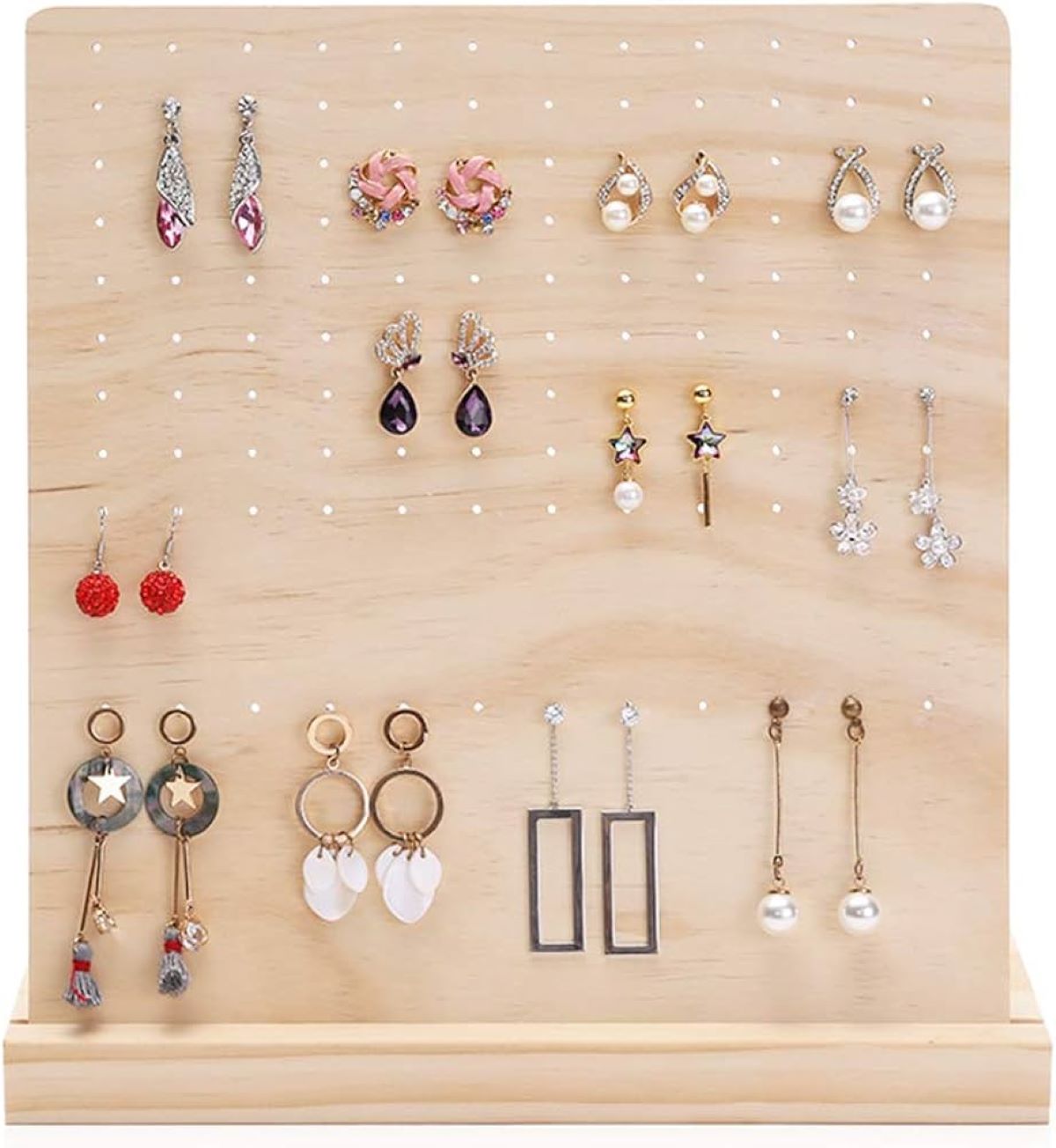
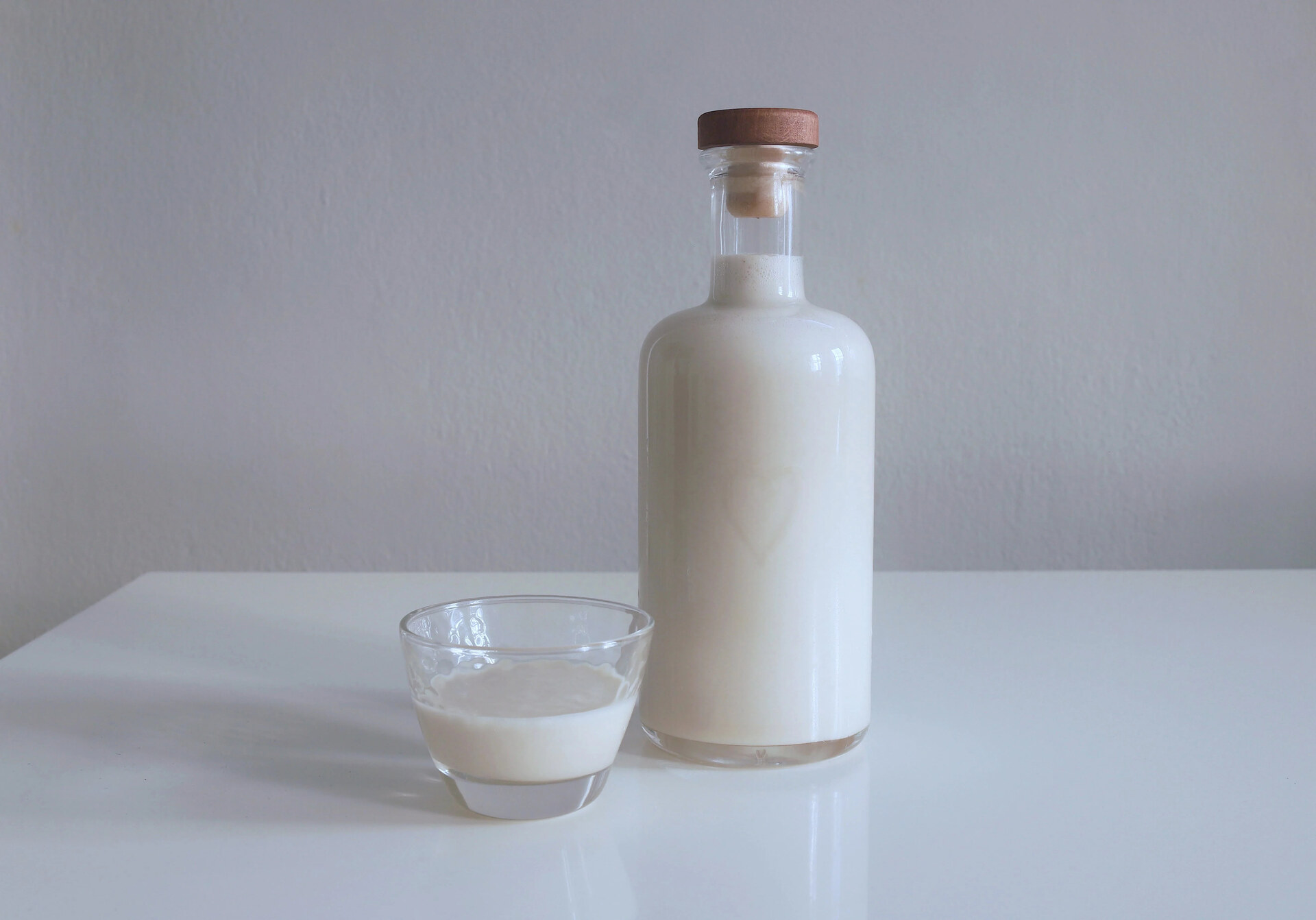



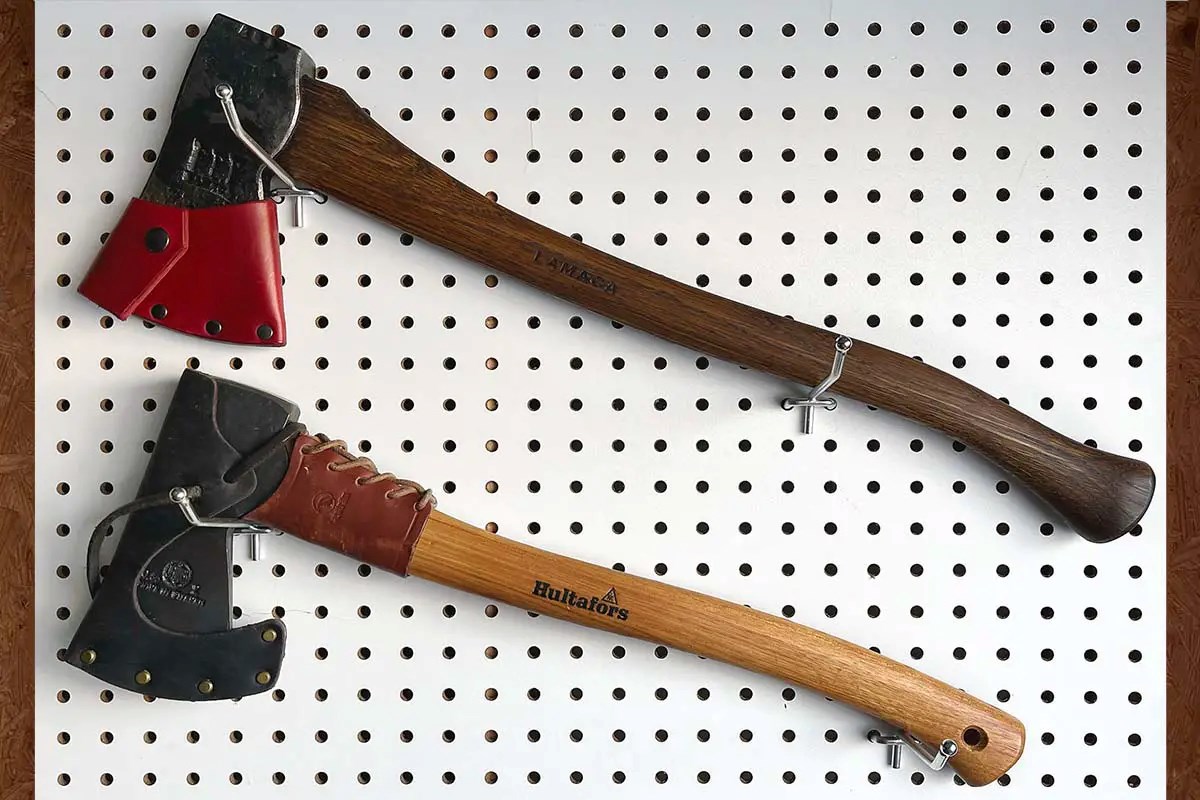


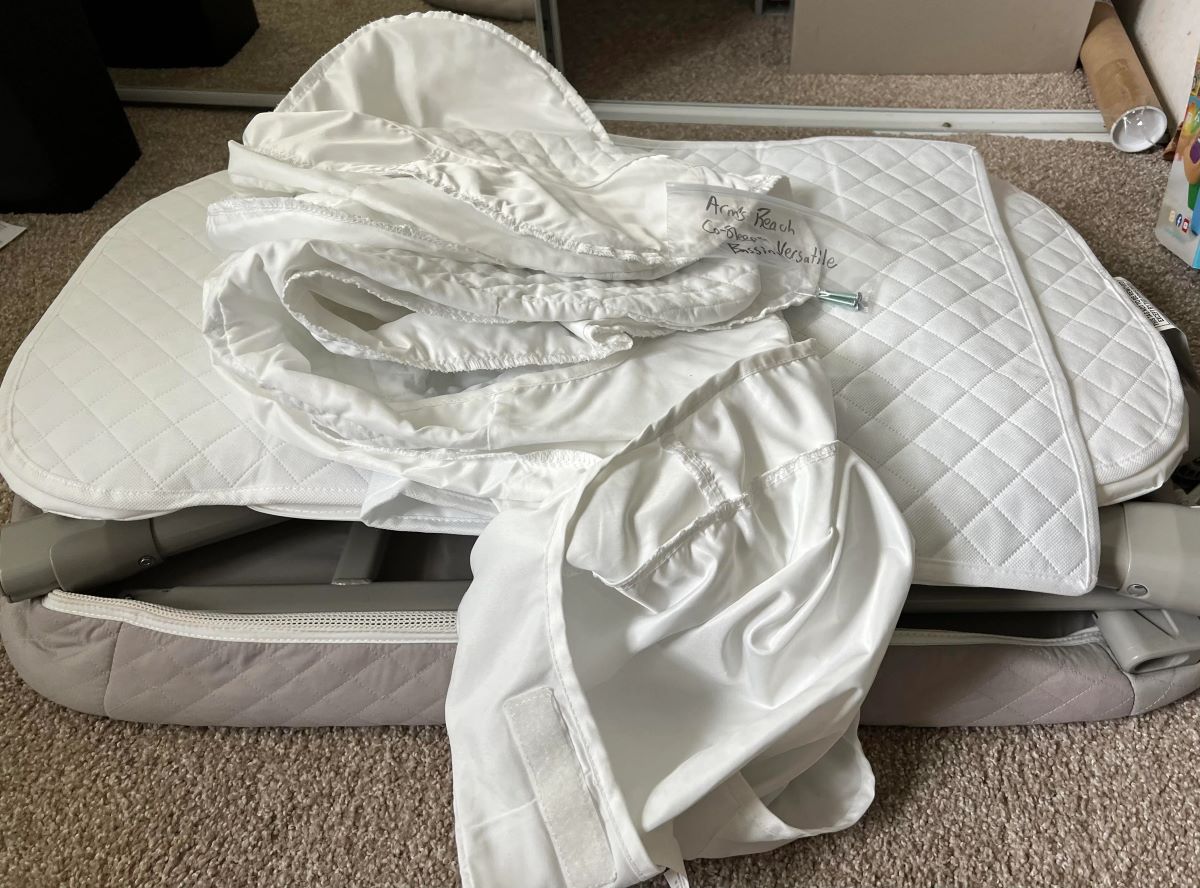
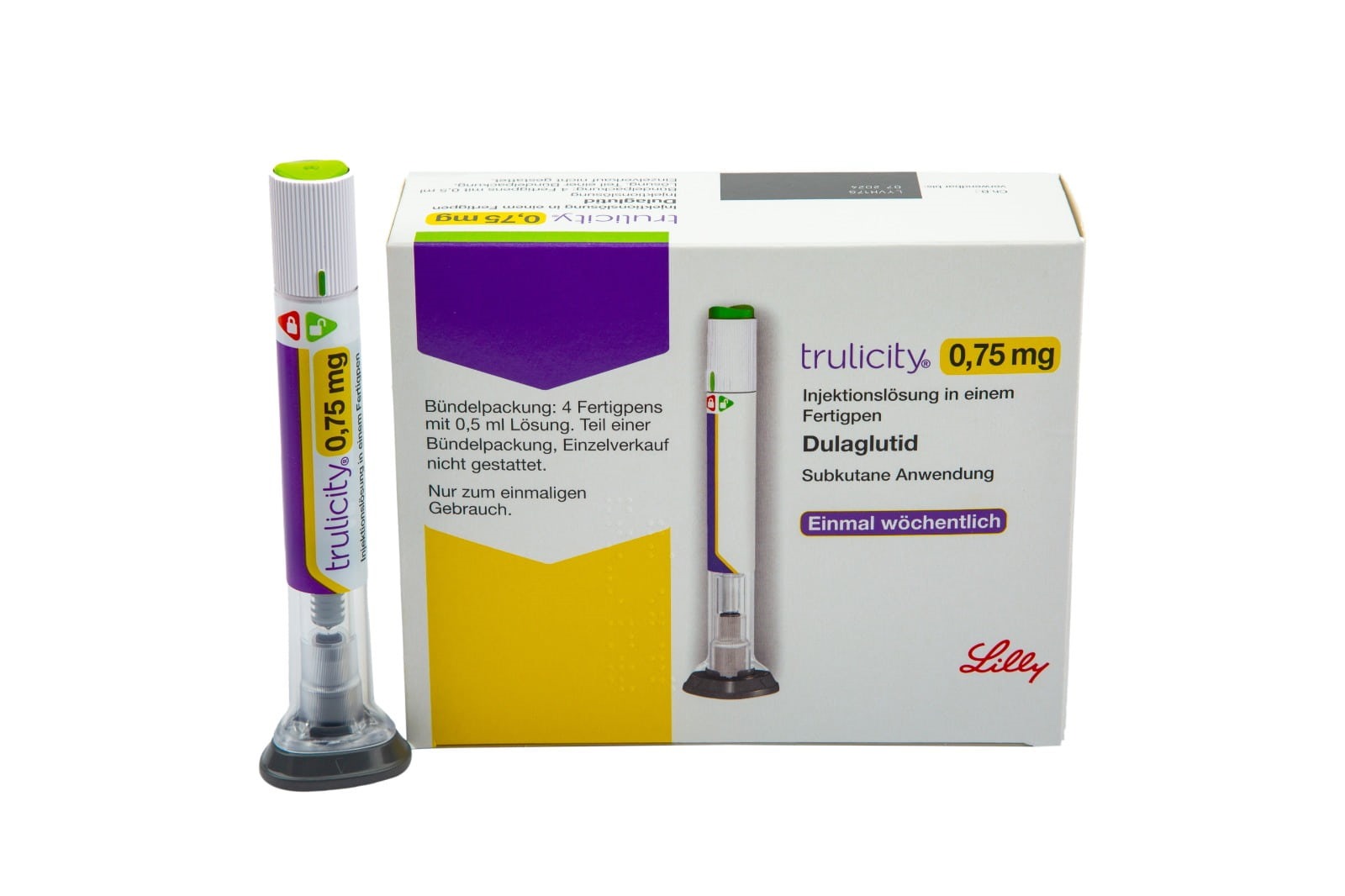


0 thoughts on “How To Store Suitcases”